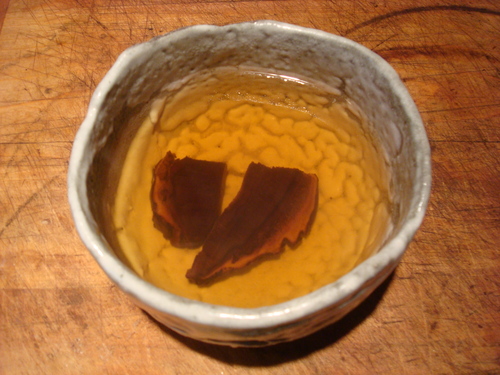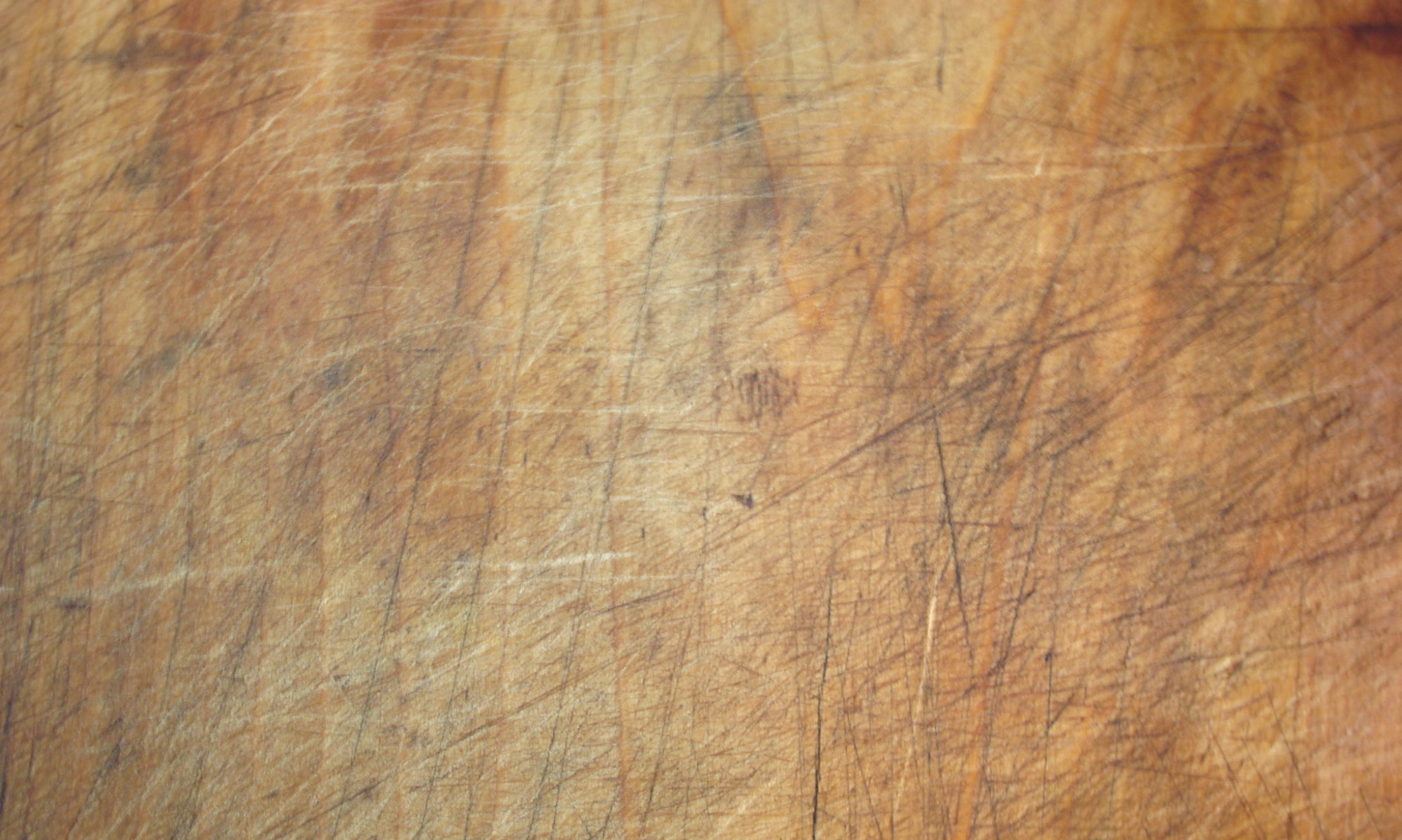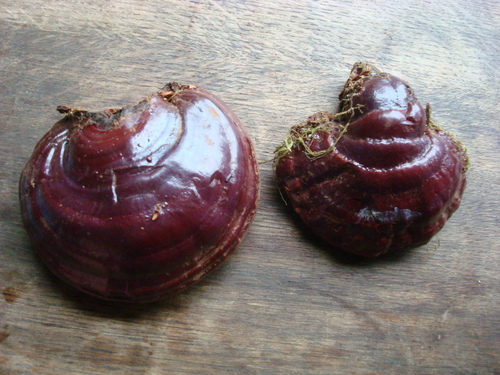 Pacific Northwest’s Reishi – Ganaderma Orgonense
Pacific Northwest’s Reishi – Ganaderma Orgonense
In early November, when I tromped through an old growth forest on the Olympic Peninsula in search of wild chanterelle and hedgehog mushrooms, I was delighted when my companion and guide, Liz the Griz, pointed to polypore mushrooms sitting at the base of two hemlock trees. These four to six inch kidney shaped, shiny brown, soft, fresh specimens were Pacific Northwest’s Reishi, Ganaderma Orgonense. They were perfect for the picking so we gently tore them off and stored them away in our backpacks.
Even though the rest of that drizzly day did not yield much in the way of edible mushrooms, I was satiated by the beauty of yellow maple leaves twittering in the air against the verdant velvet backdrop of the forest. I also was secretly glorifying in the fact that I only needed to be willing to venture out on a typically wet Northwest fall day with boots and rain jacket to find my cure, I didn’t need billions of research dollars.
In Asian traditional medicine, Reishi has long been venerated as an immunity and longetivity tonic, but research has shown that it has no side effects and many other benefits as well. It has anti-tumor and anti-viral properties, regulates blood sugar, lowers choresterol and blood pressure, and supports the cardiovascular system. My own experiential investigation into this medicinal mushroom verified its boosting qualities as I felt invigorated by coming into contact with it in its native landscape. Good enough for me.
When I returned home from my foraging adventure, I sliced and dehydrated my two Reishi conks, storing them in glass jars for later use. Today, I made a tea by putting a few slices into boiling water, and let it simmer for a few hours before drinking its slightly bitter woody cure.

